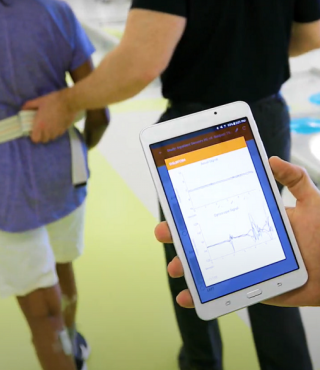Purpose
Domain focused, self-reported and parent-reported measures of global, physical, mental, and social health for adults and children in the general population and those living with a chronic condition.
Link to Instrument
Area of Assessment
Mental HealthAssessment Type
Patient Reported OutcomesCost
FreeActual Cost
$0.00Cost Description
Free for short forms, $499.99 for annual subscription to NIH ToolboxCDE Status
|
Availability |
The instrument is freely available here: PROMIS website. See General Page for currently available PROMIS Bank CDE Details. |
|
Classification |
Supplemental - Highly Recommended: Stroke, Congenital Muscular Dystrophy (CMD) in studies of psychosocial functioning, quality-of-life, outcome, and long-term adjustment studies. Supplemental: Traumatic Brain Injury (TBI), Amyotrophic Lateral Sclerosis (ALS), Chiari I Malformation (CM), Epilepsy, Friedreich's Ataxia (FA), Headache, Huntington's Disease (HD), Mitochondrial Disease (Mito), Multiple Sclerosis (MS), Myasthenia Gravis (MG), Neuromuscular Diseases (NMD), Duchenne/Becker Muscular Dystrophy (DMD/BMD), Spinal Muscular Atrophy (SMA), Parkinson's Disease (PD), Stroke, and Spinal Cord Injury (SCI), and Unruptured Cerebral Aneurysms and Subarachnoid Hemorrhage (SAH) Exploratory: Cerebral Palsy (CP) Myotonic Muscular Dystrophy (DM) and Facioscapulohumeral Muscular Dystrophy (FSHD) and Sport-Related Concussion (SRC) *Headache specific subtest recommendations : Anxiety (Adult/Pediatric), Depression (Adult/Pediatric), Sleep (Adult) |


